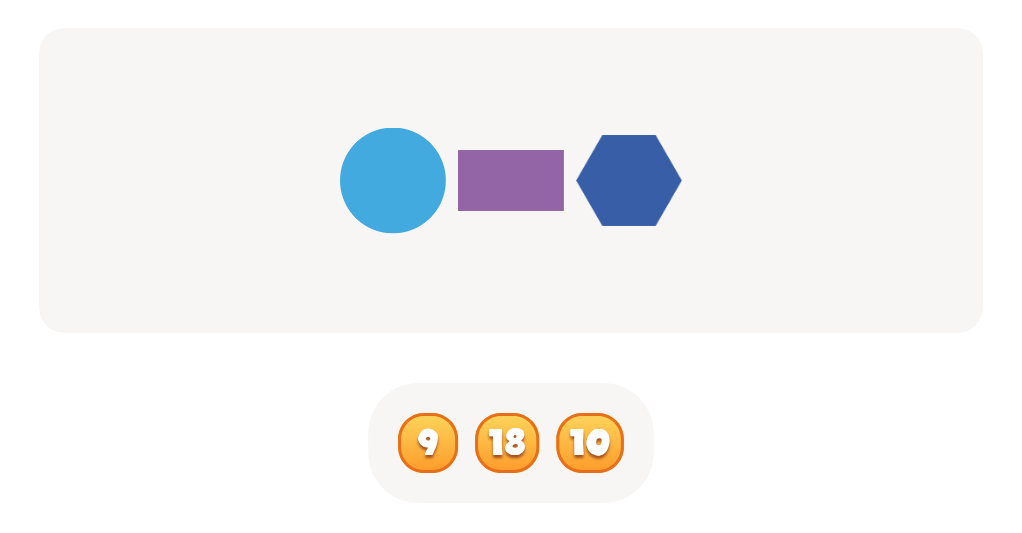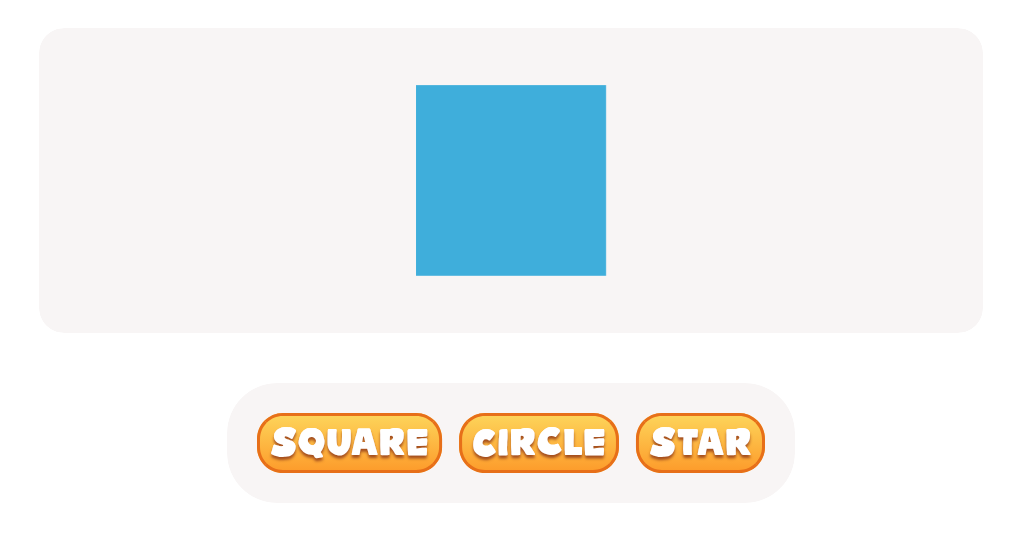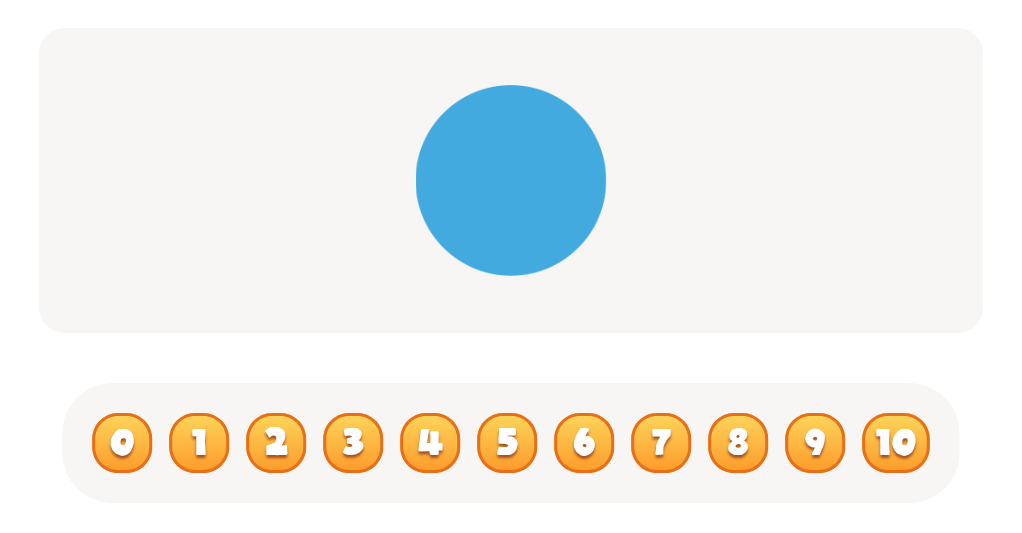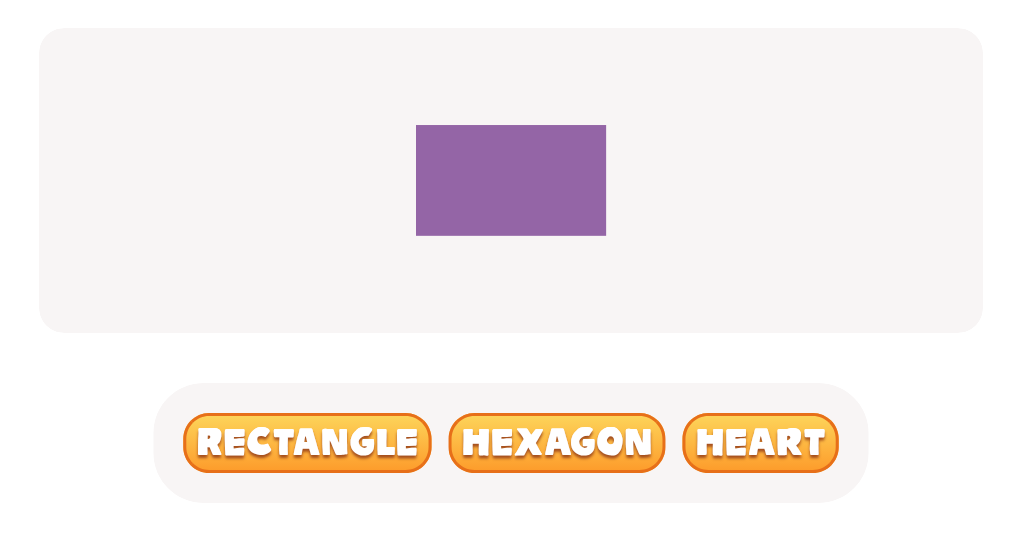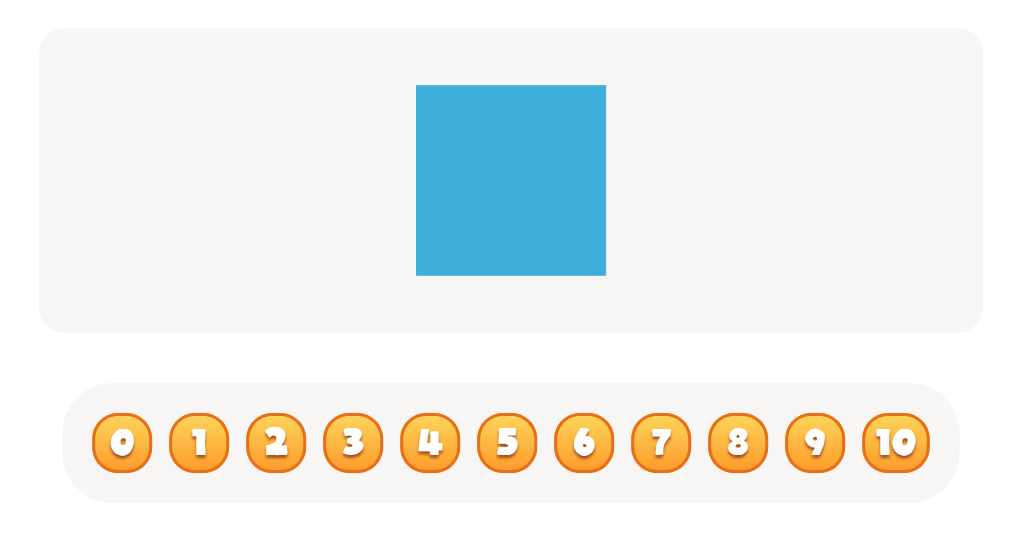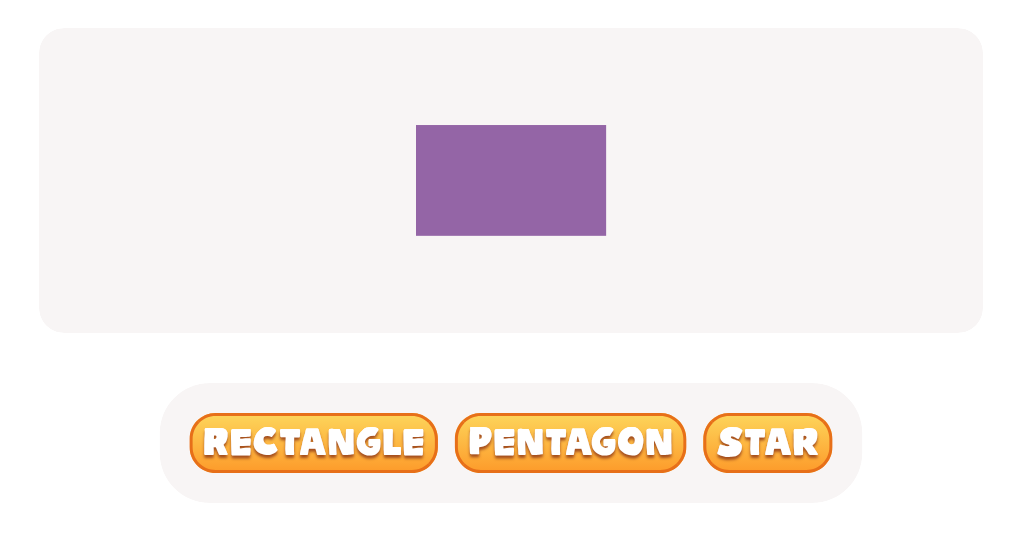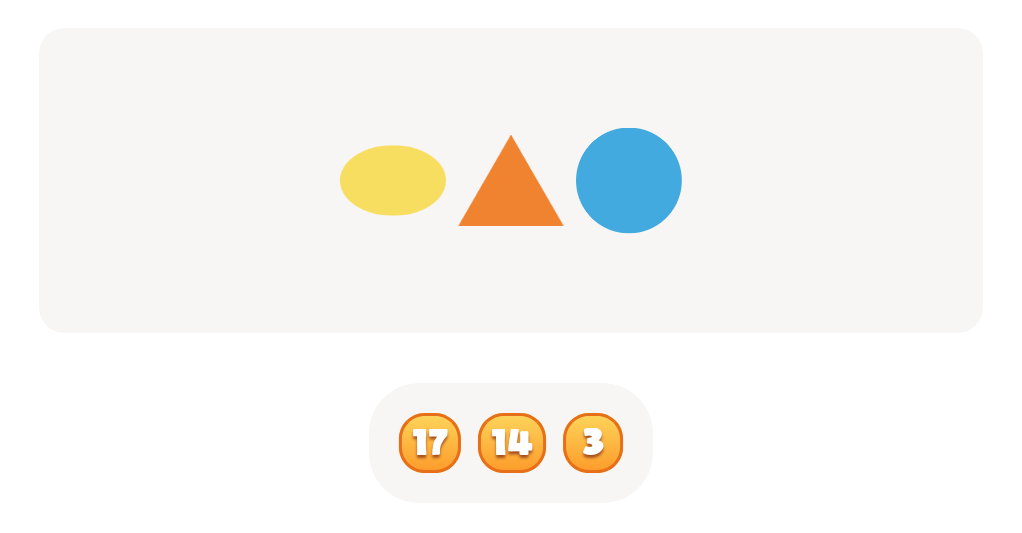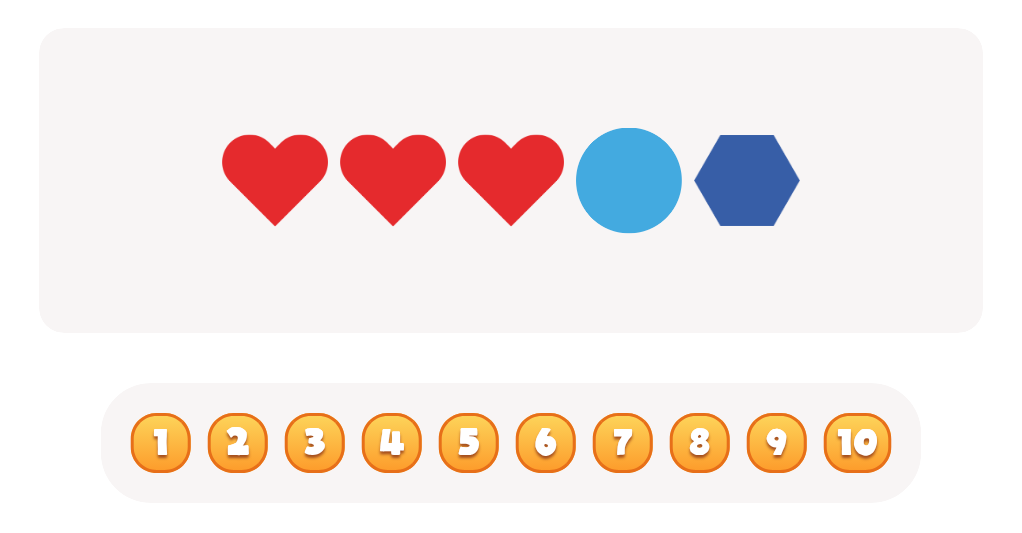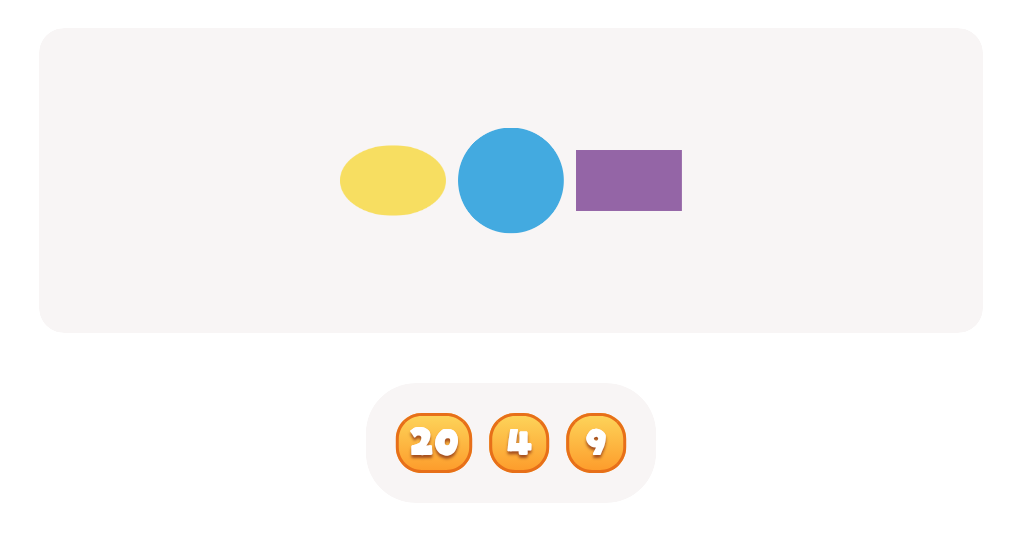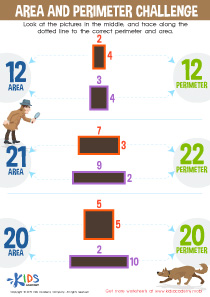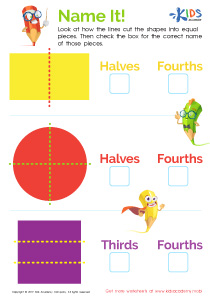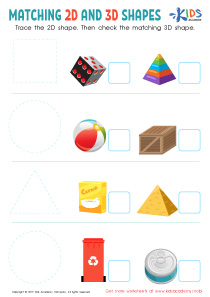Critical Thinking 2D Shapes Worksheets for 5-Year-Olds
5 filtered results
-
From - To
Unlock your child's potential with our engaging Critical Thinking 2D Shapes Worksheets designed specifically for 5-year-olds! Innovative and fun, these worksheets enhance cognitive skills while introducing children to various 2D shapes like circles, squares, and triangles. Each activity encourages critical thinking through puzzles, pattern recognition, and shape sorting, ensuring a comprehensive learning experience. Our thoughtfully crafted content aligns with early learning standards, making it perfect for preschool or at-home education. Foster creativity and analytical skills as your little learners explore and interact with shapes in a supportive environment. Download now and empower your child’s educational journey!
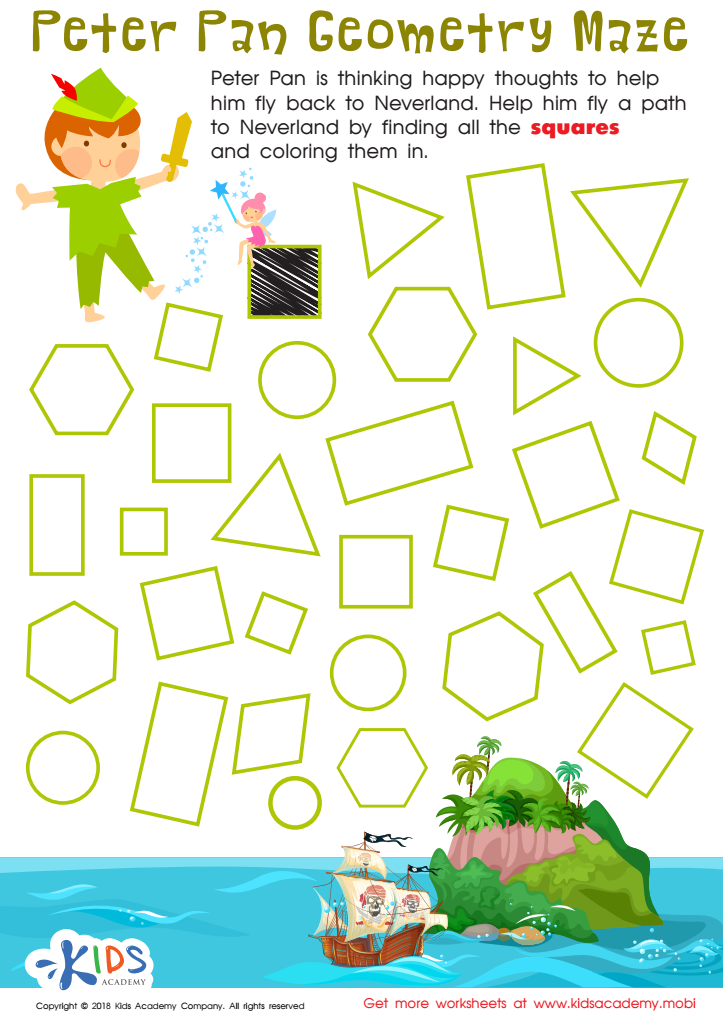

Peter Pan Worksheet
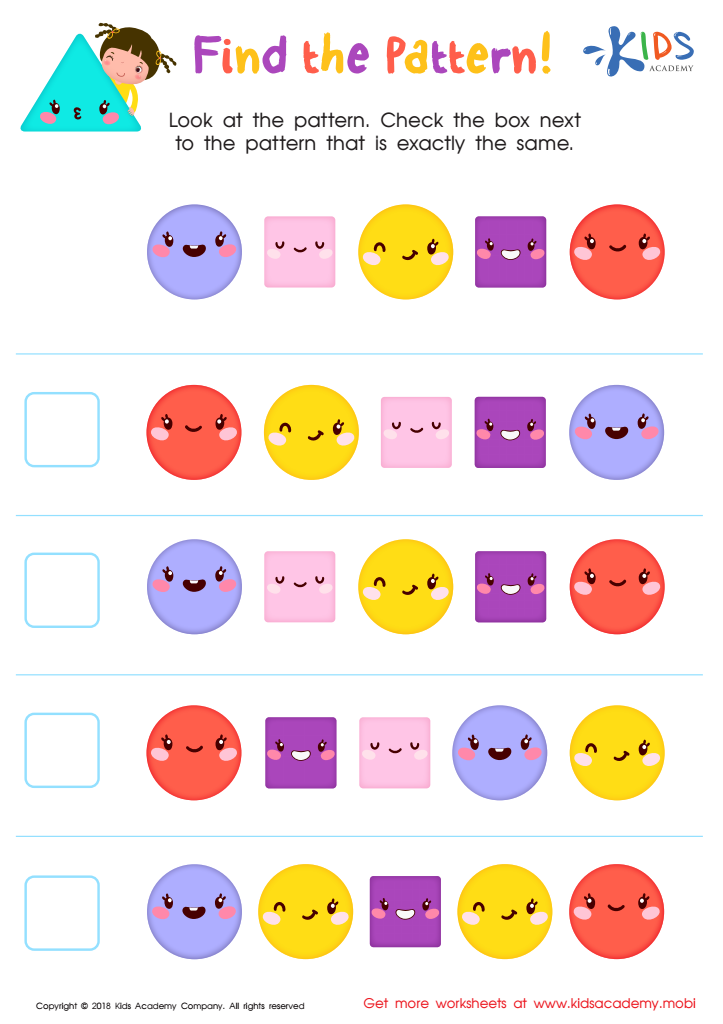

Find the Pattern Worksheet
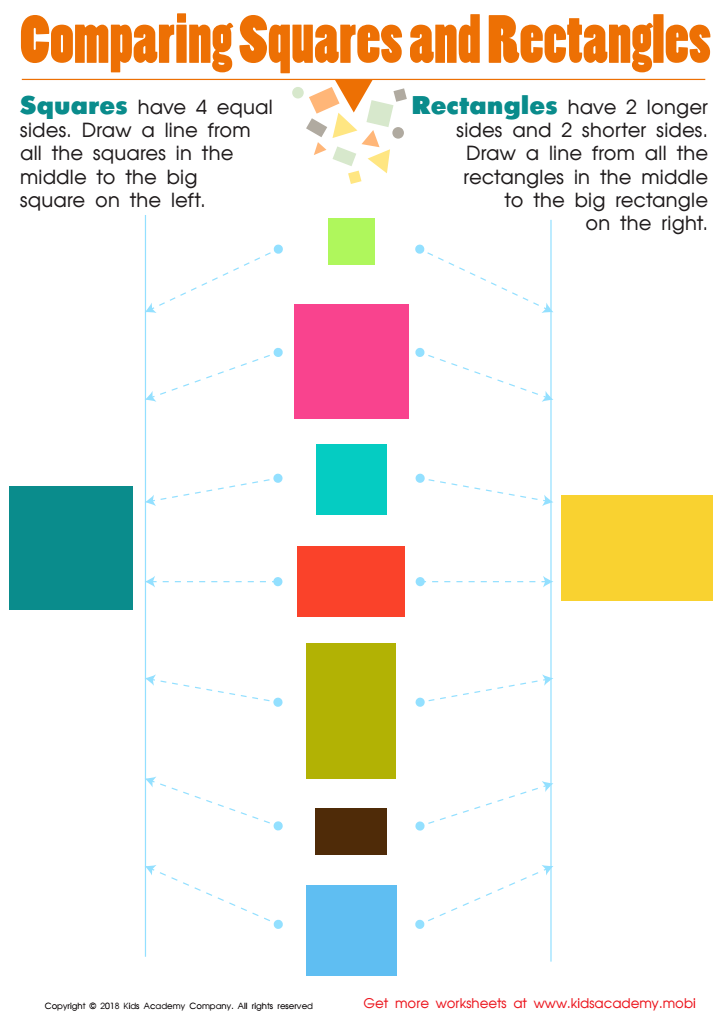

Comparing Squares Rectangles Worksheet
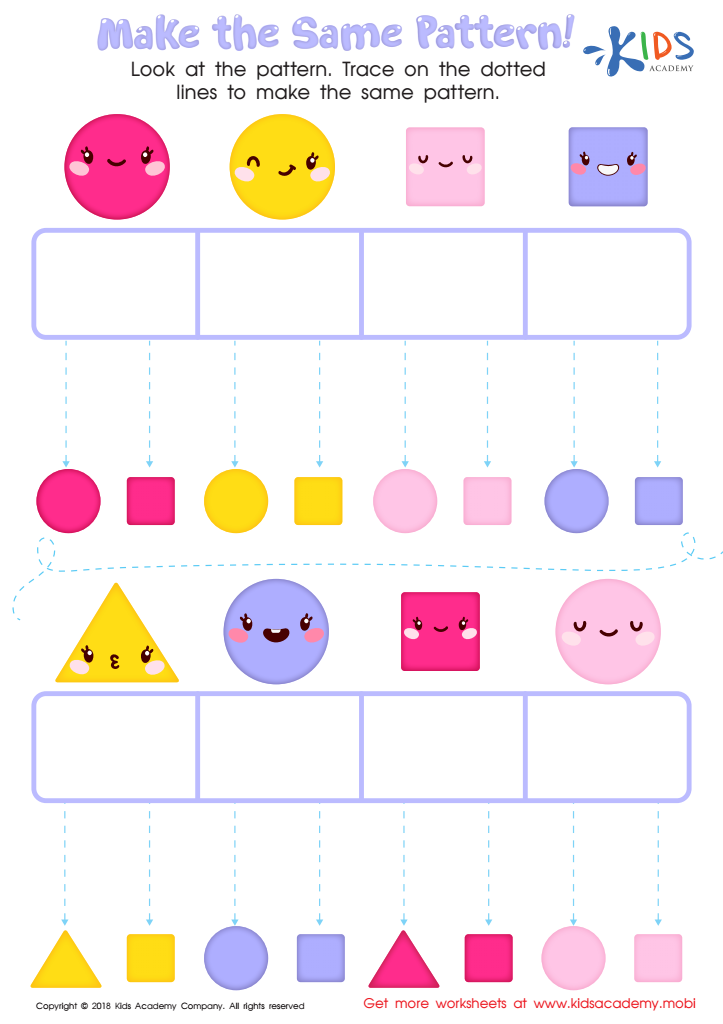

Make the Same Pattern Worksheet


Using Squares to Make Rectangles Worksheet
Critical thinking skills, particularly as they relate to understanding 2D shapes, are essential for 5-year-olds. This foundation supports cognitive development and enhances problem-solving abilities. Parents and teachers should care about fostering critical thinking in young children as it lays the groundwork for more complex skills needed later in life, including math, science, and everyday decision-making.
With 2D shapes, children learn to identify, compare, and manipulate shapes, enabling them to make connections between objects and their properties. Engaging in activities that promote shape recognition encourages curiosity and inquiry. For example, children might be prompted to explore which objects can fit into certain shapes or how many different ways shapes can be combined to form new figures.
Critical thinking also aids in developing spatial awareness, which is vital for later skills in geometry and geometry-related subjects. Moreover, these learning experiences can foster creativity and innovation, as children experiment with shapes in art and play. Ultimately, nurturing critical thinking in understanding 2D shapes prepares young learners not only for academic success but also instills confidence in their abilities to navigate the world around them. This proactive engagement helps kids become independent thinkers and lifelong learners.
 Assign to My Students
Assign to My Students
